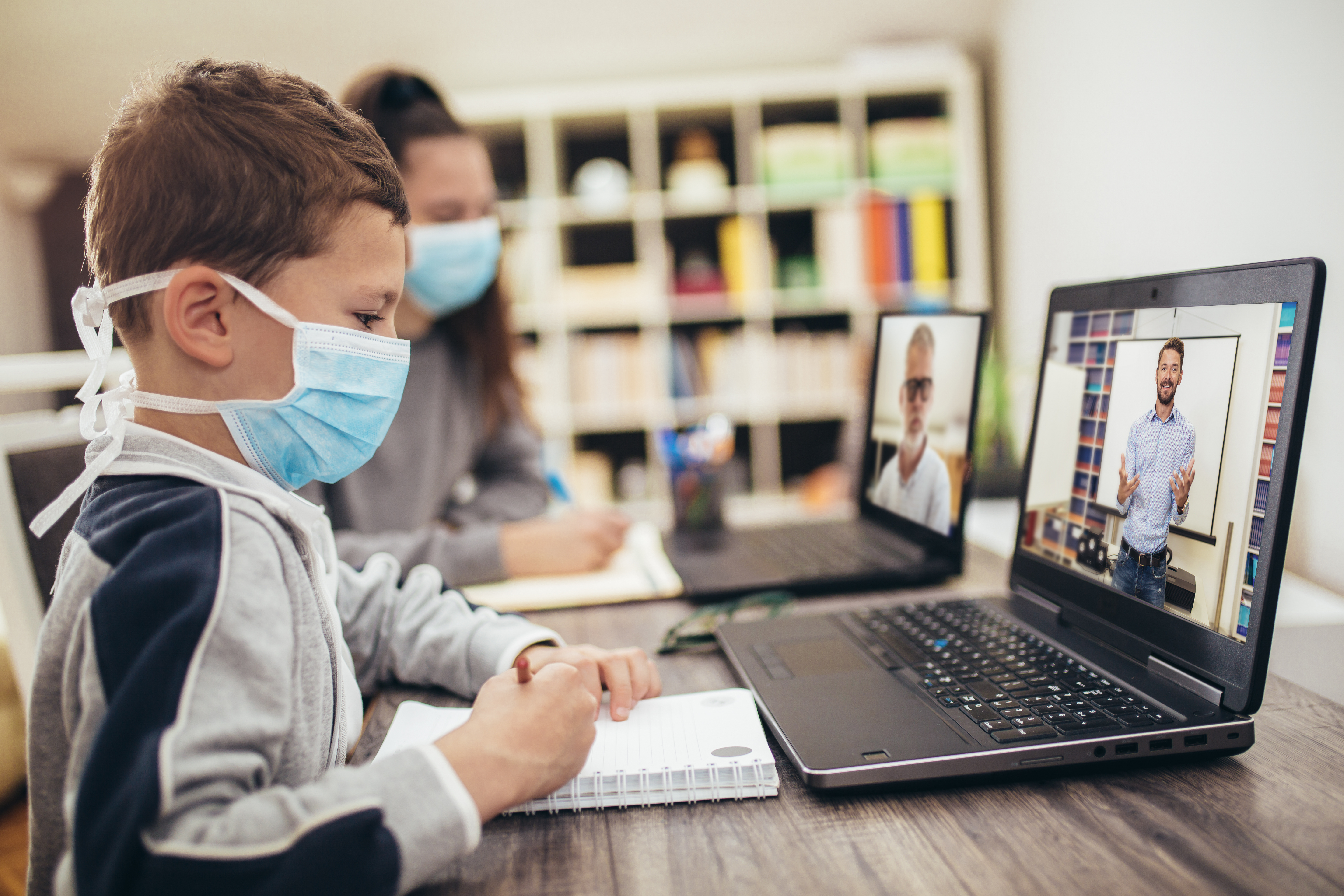The COVID-19 pandemic has caused many changes to daily life and has altered our landscape overall. Among those most affect are students, who must learn to adapt to social distancing measures and in many cases must also adapt to online or blended learning.
Griffin Poutre of Newmarket, New Hampshire, a Political Science student, would have never guessed that his senior year of college would take place virtually in response to COVID-19 health concerns. Nevertheless, Griffin and his colleagues are adjusting, albeit not without some notable challenges.
How has the Pandemic Changed Education for All Ages?
But it’s not college students facing these difficulties. Kindergarteners are entering the school system for the first time via virtual classrooms like Clever and Seesaw or in a desk several feet away from their classmates — all of whom wear masks.
In an unprecedented response to a fast-spreading virus, schools everywhere are changing their process and asking parents and students to be patient.
An increasing number of classrooms are now virtual, and subject-based learning is further complicated by “technical difficulties,” notes Griffin Poutre. Students of all levels are learning the hard way what it means to “digitally transform” — a term that at one time only applied to business operations seeking to transition from onsite, paper-based to remote, cloud-based operations.
Personal interactions between students and teachers also feel foreign to the traditional in-person classroom. Group projects and real-time feedback require students and teachers to utilize new technology and outside-the-box thinking.
How has Education Adapted to These Challenges?
The bad news about education during a pandemic is that not every student and teacher will have the same resources at their disposal, notes Griffin Poutre. This reality could enhance the disparity between upper- and lower-class school districts.
The digital learning curve also has the potential to burnout both students and teachers, depending upon how comfortable they feel with the latest in 21st Century EdTech and digital communication platforms.
But the upside of education during COVID-19 could produce more benefits than downsides. For example, online learning — which existed long before COVID-19 arrived — has been around for decades and is a far more affordable way to gain a formal, college education.
Now that every student today is becoming intimately familiar with e-learning tools, the situation could force education organizations to rethink costs, productivity, and efficiency. In other words, entire school systems, colleges, and technical schools will learn to do more with less and pass the savings onto students and taxpayers.
Also, professional literacy today requires employees to know how to manage digital tools, to include mobile devices, web services, cloud computing, and more. Students are now gleaning these skills as children and some of them are becoming more proficient with today’s technology than their parents.
Lastly, the Internet is civilization’s most instantaneous library to have ever existed, says Griffin Poutre. For many, their ability to learn and develop is only limited by their ability to access information and technology. As the difficulties that students face as a result of the current pandemic force them to complete coursework virtually, they will discover just how easy it is to learn independently with the help of open source tools and search engines.


